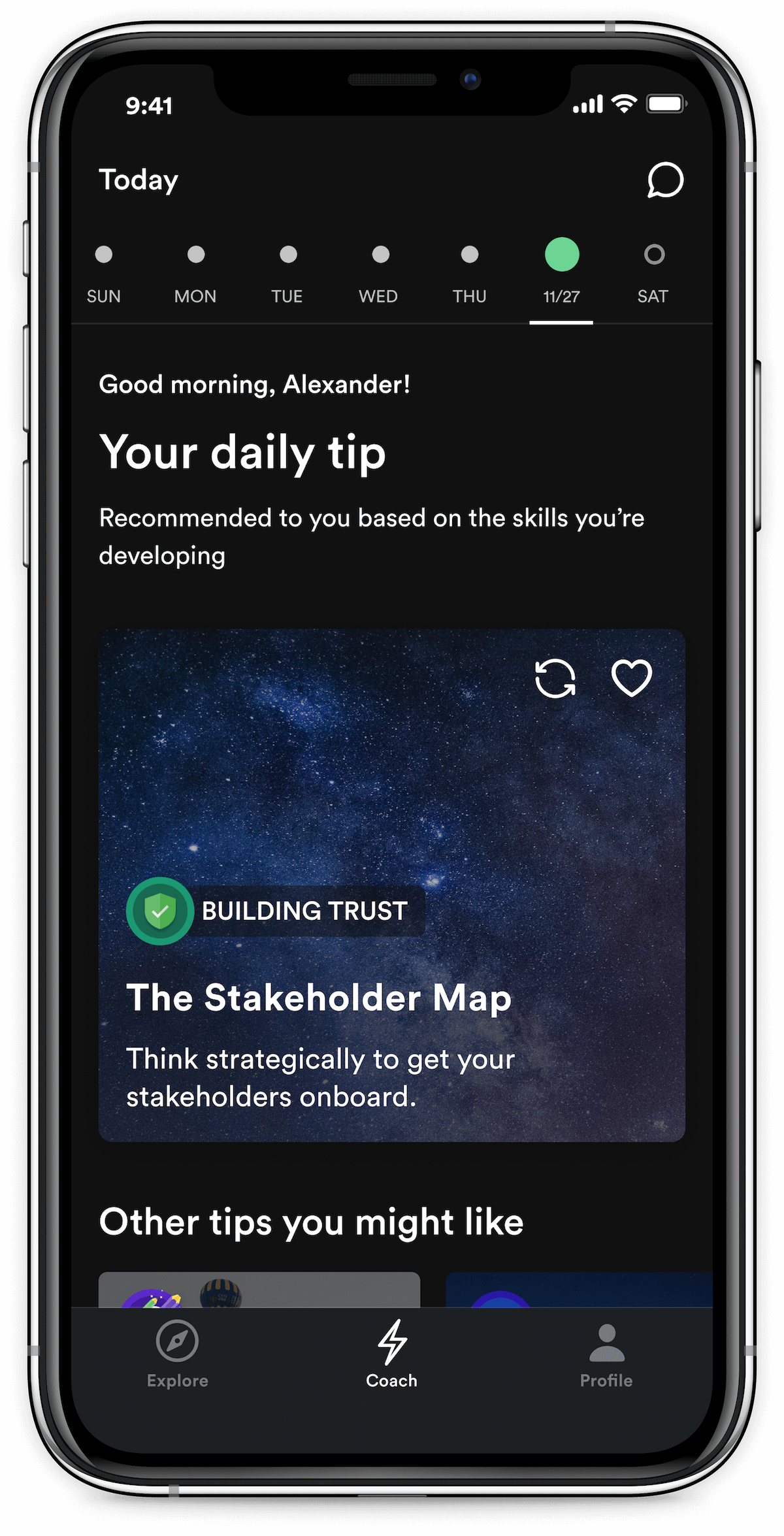Fishbone Diagram
Transform your team into expert problem-solvers.

Inspired by:
Kaoru Ishikawa, Pioneer of Quality Management

🐠 Fishbone Diagram
When your team encounters an obstacle, do they typically rely on you to fix it?
While it feels great to be the hero, it's unrealistic to expect to be there every time, especially when you're remote.
The Fishbone Diagram can help your team to solve problems autonomously by addressing the root cause.
1. Write down the problem ✍️
It's important define the problem as clearly as possible. This makes it easier to identify causes.
For example:
Vague problem: Our email newsletter isn't working
Specific problem: Only 10% of subscribers read the email each week
This is the fish head.
2. List the potential causes 🔠
Encourage your team to ask themselves:
Why might this problem happen?
Then ask them to write down as many potential causes as possible. Some potential causes for the email problem could be:
• We're sending it at the wrong time • The content is too long • We're sending too many emails • The topics aren't interesting enough
These are the fishbones.
3. Ask "why" to find the root cause 🥕
To find an effective solution rather than a superficial one, your team will need to dig deeper.
Take one possible cause, and ask them why that happened, then ask again. Keep going until you’ve got to the root cause:
"Why are the topics not interesting enough?" "They're not relevant" "Why are they not relevant?" "The topics don't address the readers' current problem or situation" "Why?" "We don't know our readers well enough" "Why?" "We haven't spoken to them recently"
4. Pick a cause to focus on 👀
Take a collaborative look at all the potential causes, and give your team 3 votes each, to choose which they think is the most relevant and actionable cause.
Then select the one with the most votes.
5. Brainstorm solutions 💡
Turn your cause into an opportunity (or "How might we..." statement). This gets your team into a solution mindset.
Instead of: We don't speak to readers regularly enough.
Try: How might we... speak to our readers more often?
Generate as many ideas as possible.
🚀 Do it the Einstein Way
If I had an hour to solve a problem, I'd spend 55 minutes thinking about the problem and 5 minutes thinking about solutions.
That is, the key to helping your team become effective problem solvers is training them to correctly diagnose the issue before jumping to fix it.
The next time your team gets stuck, try using the Fishbone Diagram.

Become a world-class leader in two minutes a day